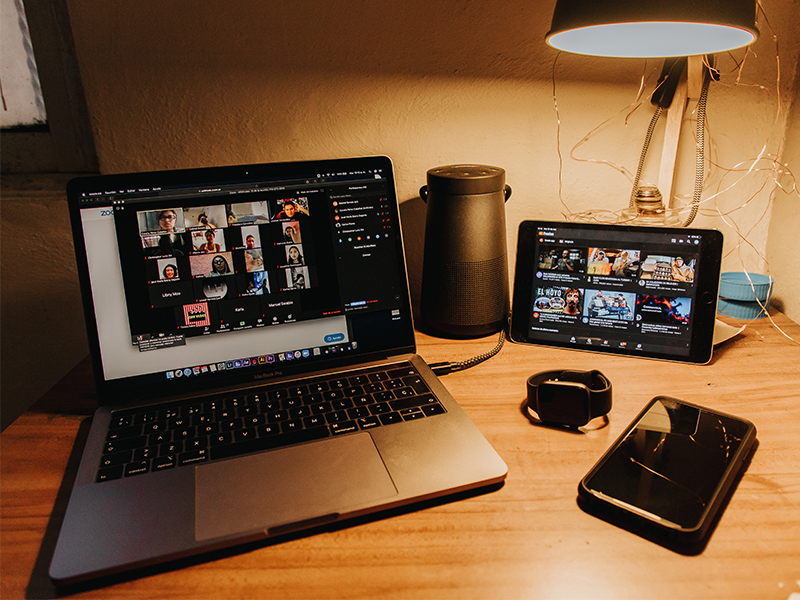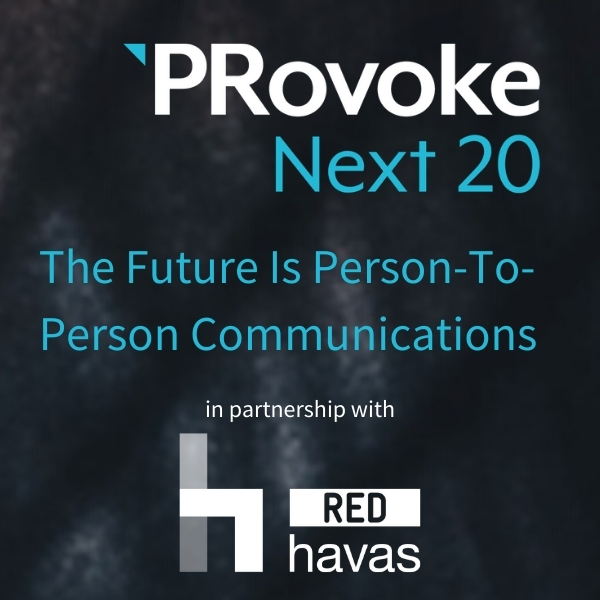Red Havas 28 Oct 2020 // 3:37PM GMT

The pandemic has shifted nearly every aspect of our lives, including accelerating change in the way we communicate with everyone—our families, schools, communities, colleagues, clients, vendors and partners. If there’s anything to be gained from our changed communication landscape, it’s that we were quickly reminded of the true humanity we all share. We are people first and foremost—and we’ve begun to relate and communicate with this understanding at the forefront.
Traditionally, B2B relationships were built strongly within the channel, but not always with the human who would be its end user in mind. Now that communication channels have evolved, along with consumers’ mindsets about the products they know and love, B2B communicators have upped their game with full-circle communication that delivers a narrative that travels far beyond a specific product or brand.
B2C communicators have had to make changes as well, taking on more comprehensive storytelling about the way a particular brand or company is working to improve lives and society overall. This may sound like a hefty challenge, but it is in fact a strong opportunity: a chance to be viewed by a larger audience and with a broader lens than ever before.
The future of communication is now person-to-person (P2P)-led. What does it take to rule the game of P2P? For a summary, read on, and download the full white paper from Red Havas here.
1. Prove Your Purpose
Even before the pandemic, audiences cared about purpose, and several global studies have reinforced that—particularly with Millennial audiences—brands need to walk the walk with supporting societal causes. The dual societal crises surrounding COVID-19 and the Black Lives Matter movement pushed this into overdrive. Brands found themselves needing to engage on topics and issues they may have never publicly communicated about before—and people listened. But brands need to be careful about authenticity. Audiences do expect brands to stay true to their purpose and not abandon causes with the winds of change. Technology today allows people to quickly and easily do their own research about companies and causes, so transparency is key. CEOs have had to improve their public output as well, and to be able to distill a company’s core cause platform into a narrative understood by the general public.
2. Engage through EGC
One of the most underutilized ways to communicate directly with people is with people. That is—with employees. Successful P2P brands have recognized the value of their own employees as a powerful source of truth when it comes to advocating for a company’s purpose or products. Employees provide credibility and can add value by telling the “untold” story of what it’s like to work at their company and sharing why their work is important to them. Smart brands like Starbucks, Colgate and Delta have employed this tactic effectively, especially during COVID, to give their audiences a “look behind the curtain” and to thank and celebrate their employees during a difficult time—a win-win in the world of P2P.
3. Play Up Partnerships
You’ll never walk alone in a P2P world—and a brand’s strength can be uplifted in immeasurable ways through the strength of its partnerships and collaborations. In this new world, partnerships take on many shapes, including company-to-company, company-to-nonprofit/cause and company-to-influencer. While partnerships are not new, the way brands employed them during COVID changed. Now, companies are recognizing the value of different levels and types of partnerships, and they are using social media to amplify partner work and experiences to targeted and niche audiences, all while the P2P world looks on.
4. Elevate Experiential
A uniquely COVID challenge, the way companies view experiences changed overnight in March. Traditional B2B and B2C companies and brands that routinely invested in experiences and events had to abruptly pivot. In a P2P world, there’s ample opportunity to reimagine and rethink the way audiences experience a brand. Livestreams are commonplace, but now companies are thinking more creatively about ways to run global events that span time zones and still deliver the same impact. Hybrid events will likely take center stage in the future—as companies realize there’s a middle ground that’s both budget-friendly and delivers on key messages. Social media allows audiences to follow along with companies and partners as they attend events and learn from the comfort of their homes.
The way people live is increasingly blending with the way they work and experience every aspect of their lives. Cracking the code on P2P marketing helps companies maximize engagement and create passionate, loyal employees and audiences.
Download the full white paper from Red Havas here.


































.jpg)












